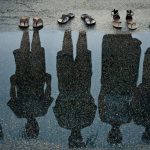Clare Rae is an artist based in Melbourne, Australia but she is currently visiting Jersey as part of the Archisle International artist-in-residence program. She is here to to research the Claude Cahun archive and shoot new photography and film in Jersey. This week I attended a talk she gave at the museum about her photography and film. She spoke about how she explores performance and representations of the female body and her connection to physical environments. Performance photography normally involves as artist staging a performance for the camera and testing the physical and psychological limits of the body.
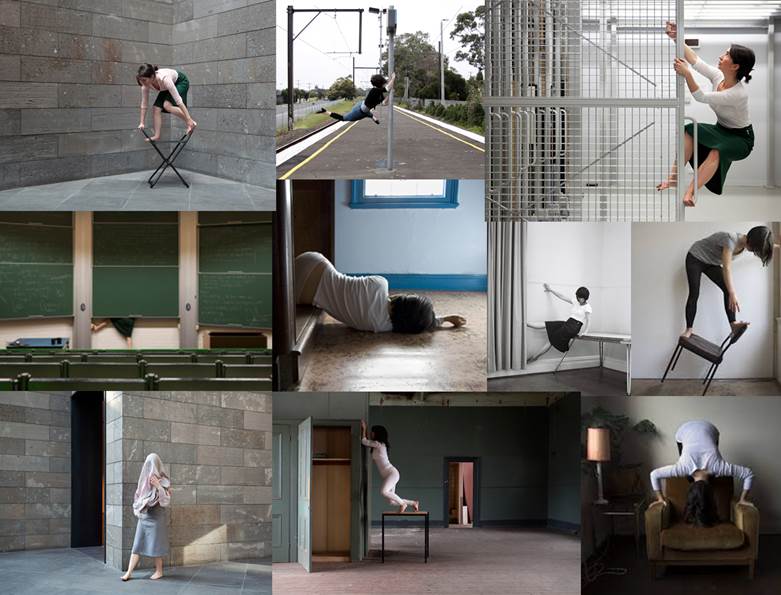
Rae began the talk by discussing the research areas that have influenced her work such as feminist theorists like Laura Mulvey. She also mentioned her artistic influences; photographers such as Francesca Woodman, Jill Orr and Cindy Sherman. She went on to talk about her own photographic methodologies and techniques. Her work is mostly self-portraiture which involves her exploring physical environments and challenging female representations of being passive by exploring things actively/ dangerously and using awkward poses. For example in her project ‘Desire and the Other’ she analysed the idea of passiveness of the female body by lying on the floor, often with her face concealed by furniture or her hair.
She spoke about how she carefully chooses her outfits before going on shoots, for example she described how she changed from wearing tights because these are a very fetishized garments but now she often wears the same green skirt because it is easy to move in.
Her projects are often captured and displayed within the same environments and she is interested in how the camera can act as a collaborator, rather than mute witness, to the performer. She is known for her engagement with domestic and institutional spaces and she spoke about how her work is influenced by notions of private and public and how her performance is influenced by the gaze of onlookers. For example she talked about her experiences in engaging with the environment of the National Gallery of Victoria in Melbourne in particular the photography and print store rooms. She explained that she was followed by a guard and a curator and the idea of being watched had an impact on her final outcomes.
The environments she explores are often fascinating in themselves for example she has explored the site of the Magdalen Asylum which is a place where girls and women were housed whilst working in laundries. On her website it explains that, “These rooms are laden with history, and provided a dense and loaded environment within which to make artwork. Using this history as a starting point,I attempted to activate these spaces using my body, gently testing the physical environment”.
In the talk I attended Rae also spoke about her project ‘20+9+5′ which is a black and white series which she did whilst pregnant with her son. She explained that being pregnant is a very ‘feminine’ state and she wanted to explore the experience of her body. She said that during pregnancy women seem to lose some control over their bodies and she wasn’t prepared for the amount of people that commented on her bodily appearance on a daily basis and how people thought they had a right to touch her. Rae later returned to the same location that she took these images once her son was born and photographed them together. She explained that her use of a mirror was influenced by a previous project ‘Stages’ which was a collaborative project with Simone Hine and involved exploring the environment of the Rosina Auditorium and she was intrigued by the use of mirrors and reflections involved in this.

During the talk Rae also showed some of her stop-frame animation videos made from photographic stills such as the one below which I thought was particularly interesting. She said that when she is presenting her work she often leaves it playing on a continuous loop which makes it appear more and more exhausting and it grows more ridiculous every time. On her website is explains that this piece was inspired by her research into feminist theories of representation and how this often relies on binary opposites. The title is ‘The Good girl and the other’ which relates to the idea that the ‘Good girl’ is a recurring motif in culture and society but Rae wanted to complicate the traditional notions of femininity.
Rae also spoke about her work on the Claude Cahun archive and how she has been able to look at almost every image produced by her. She says that it was interesting to see how Cahun’s body changed and aged over time because she began photographing at a teenager and the oldest photograph of her was from a year before her death. Cahun was born as Lucy Schwob and was from a wealthy Jewish family living in France. Her work was political as well as personal and focused on challenging traditional ideas associated with gender. This often involved using costumes to experiment with different personalities from ultra feminine to masculine. She adopted the gender-neutral forename Claude and by shaving her head she actively and outwardly rejected social constructions of gender and sexual identity. Her partner Suzanne Malherbe (who was also her step-sister and life-long collaborator in artistic projects) adopted the pseudonym Marcel Moore. During the rise of the Nazi party the couple fled from Paris in 1938 for Jersey. When the Nazis invaded Jersey Claude and Moore employed avant-garde art practices as a form of resistance. For example they created anti-nationalist leaflets mocking Nazi ideology and distributed them throughout Jersey in soldier’s pockets and on their chairs. They were sentenced to death for inciting the troops to rebellion and refused to sign letters asking for mercy, perhaps believing that martyrdom would be the most fitting end to their lives of resistance. However they were saved from execution anyway because of the Liberation of the Island.
Cahun’s revolutionary examinations of gender and sexuality were well ahead of her time and inspired many artists including Clare Rae. Cahun’s work has many connections to Rae’s in that is focuses on feminism, self-portraiture and performance.

Performance photography and self-portraiture is not something I have explored greatly in previous projects although I think it is an interesting concept. The work of Rae and Cahun have strong links to the theme of ‘Environment’ because it relates to their psychological and personal environments as well as the politcal context of the time. After attending Clare Rae’s talk I feel I have developed a better understanding of the messages behind her art which is interesting to consider in relation to the work of Claude Cahun. If I was going to respond to this style of photography in some way I might be able to bring in the idea of the mirror from my previous project and explore ideas about self-portraiture and mirrors/reflections.





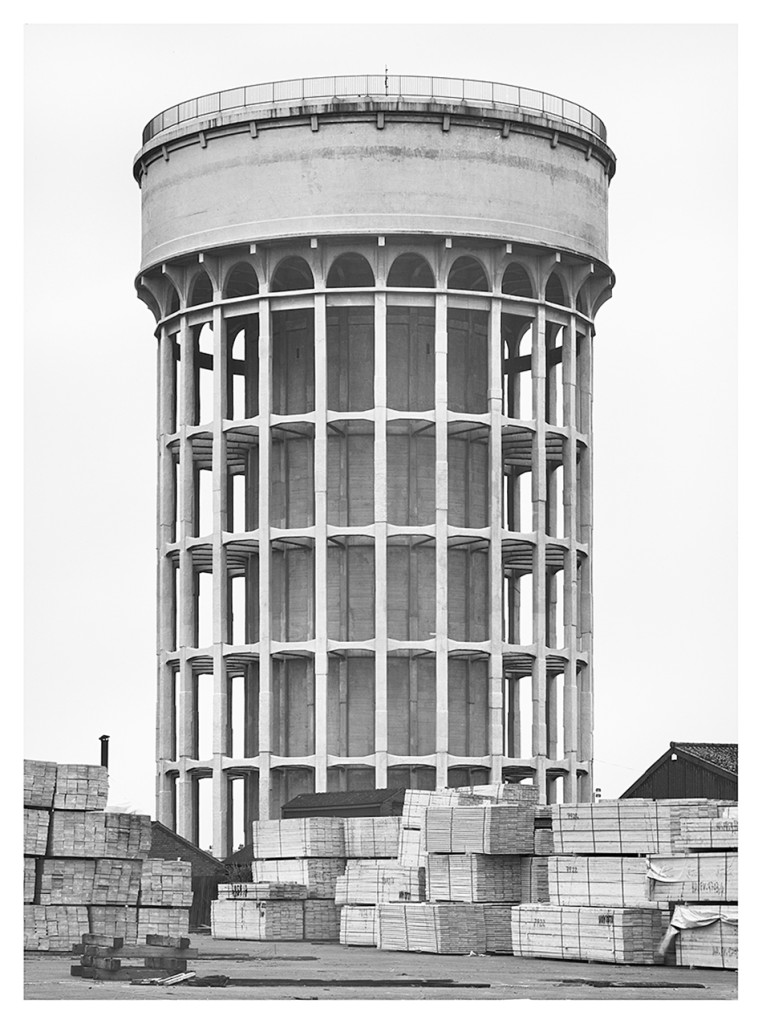
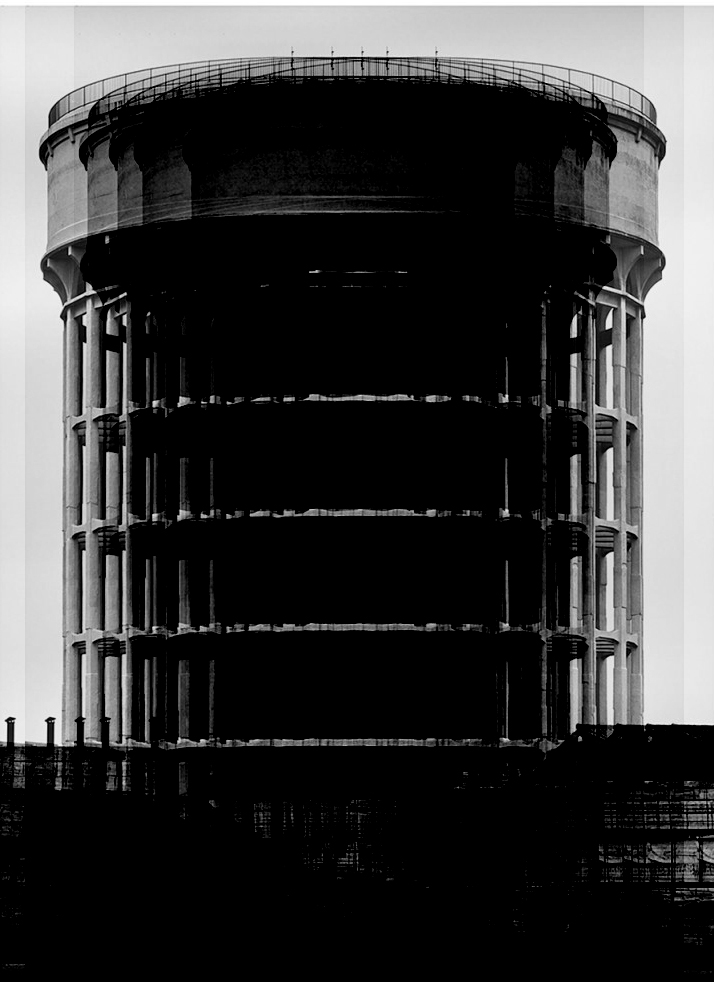
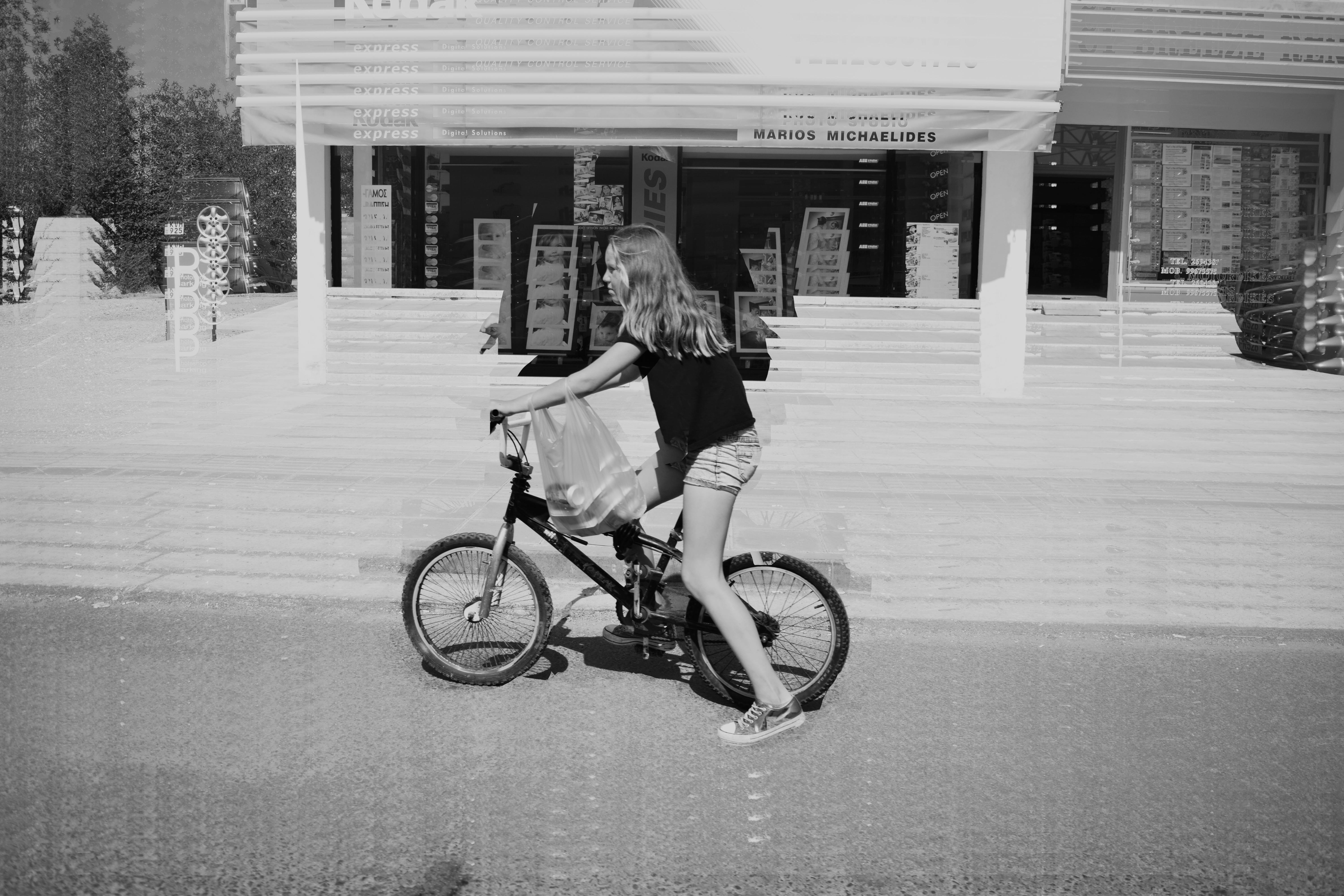








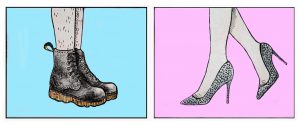





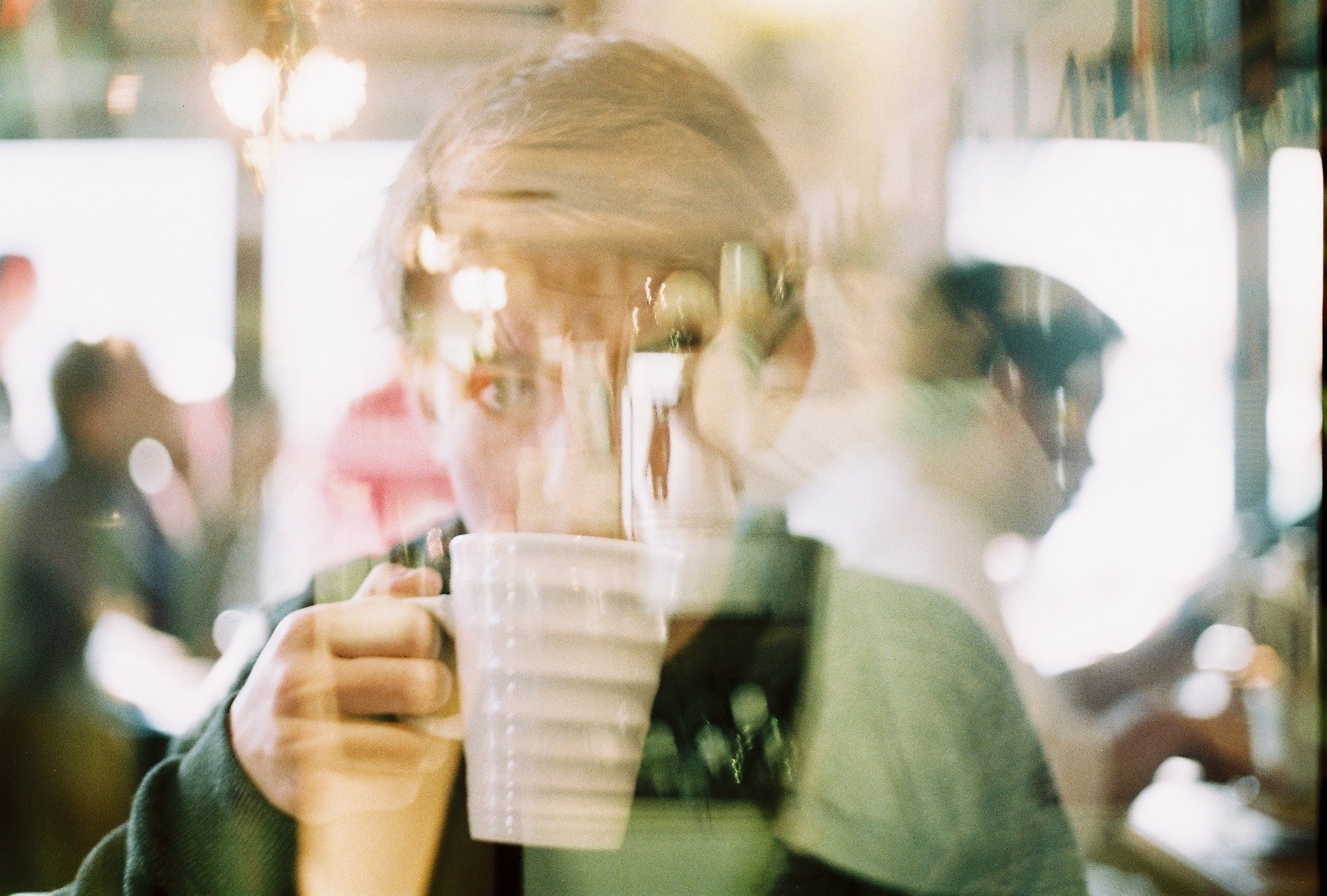
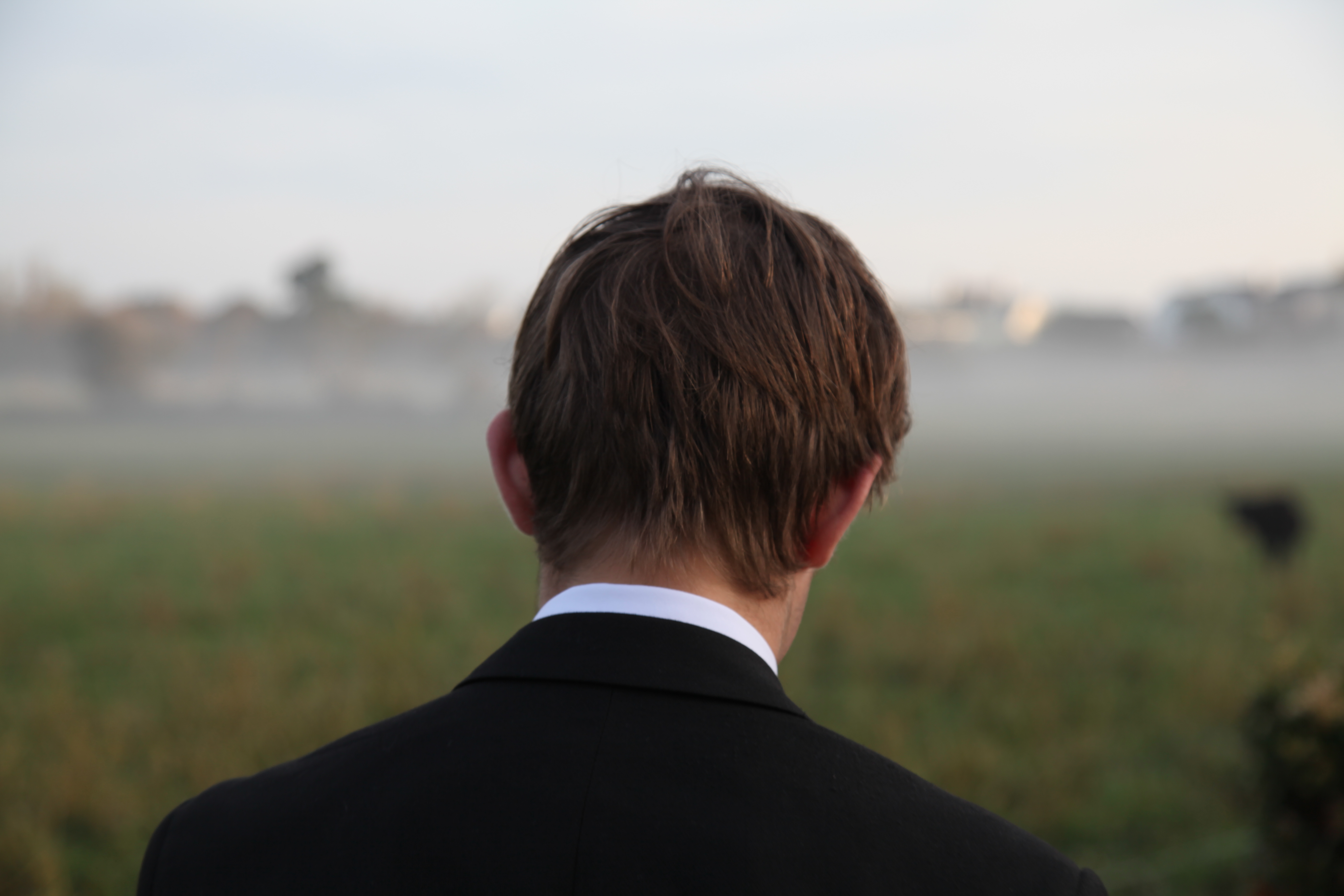






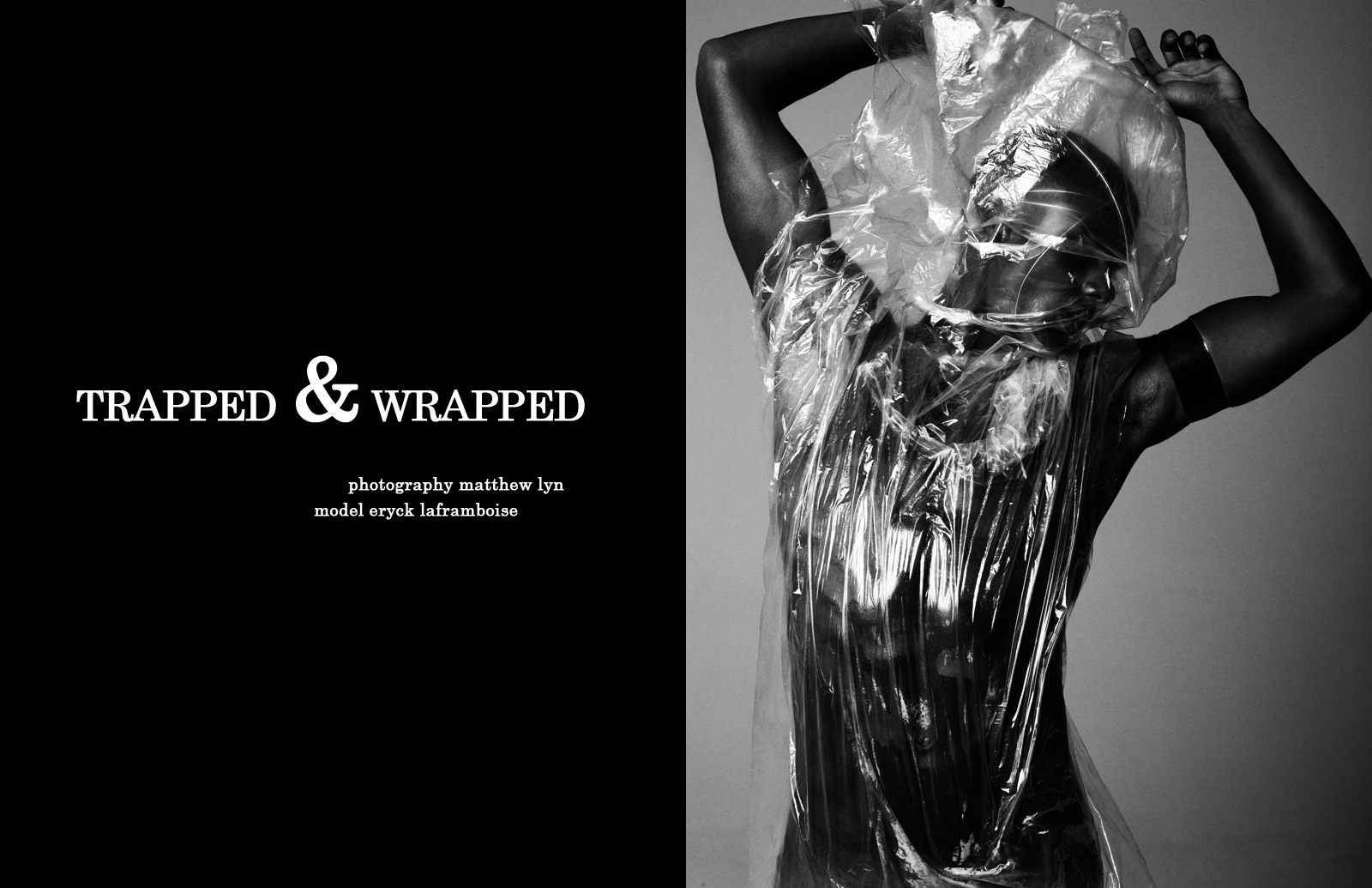
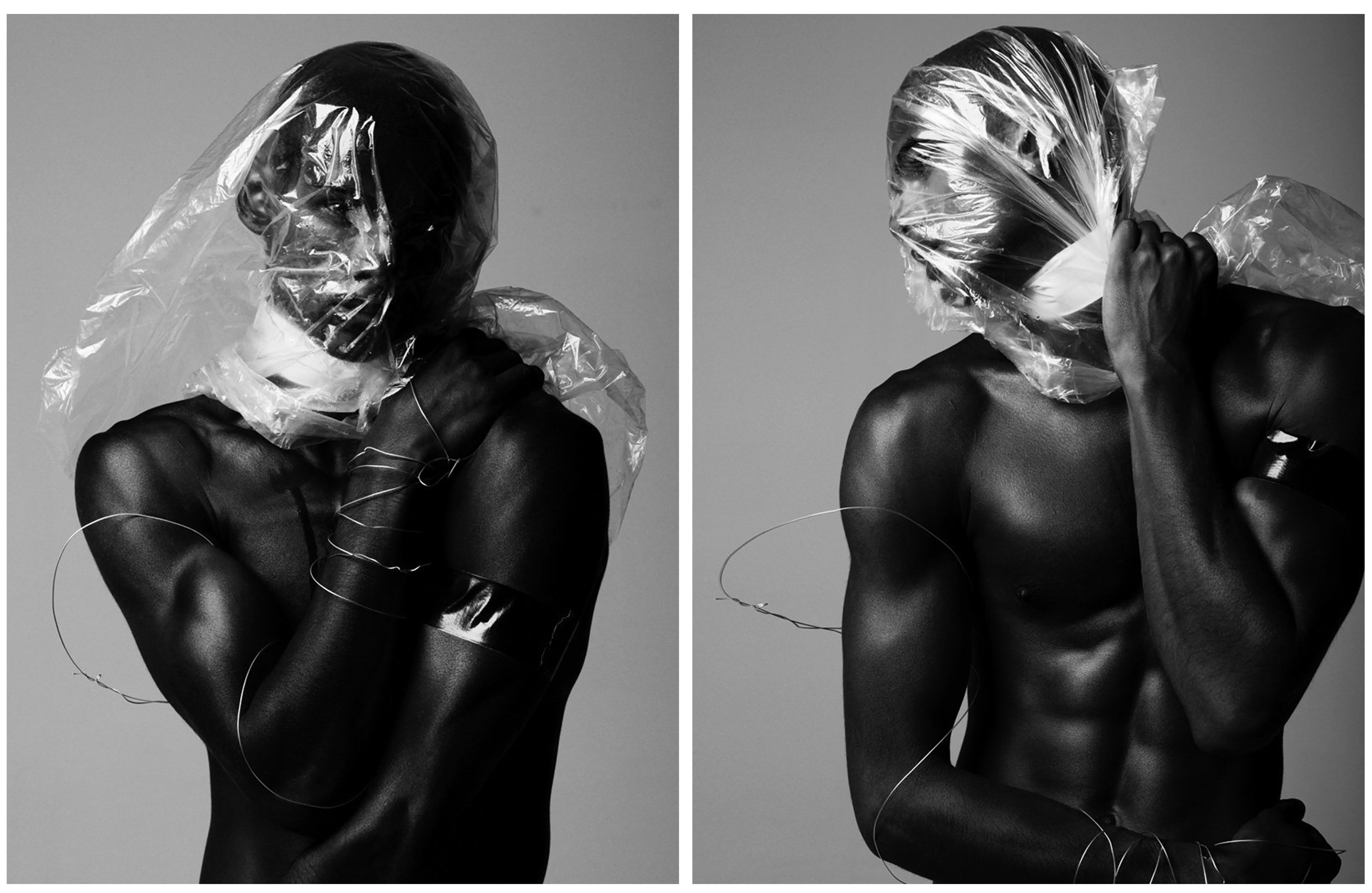 These first two photographs from Matthew Lyn’s collection, ‘Trapped and Wrapped’, are great examples of the kind of headshots I am hoping to create in my first self portraiture shoot. I love the black and white effect in all of these photographs, as it really emphasises Lyn’s talent for controlling light in the studio. The first image on the left shows a straightforward headshot with the model posing in a modest way, carefully wrapped in plastic and wire. Although the meaning behind this image is mainly beauty and fashion, the expression from the model and piercing eye contact creates amazing emotive qualities which can really intrigue the viewer. The image on the right depicts the model holding the plastic tight around his neck, straining as the material covers his face and suffocates him. Because of the title of these images, we are to understand that there is a deeper meaning looking past just beauty and fashion. But as it is left unexplained by the photographer, we can interpret the meaning ourselves. I will be doing this personally when using this simple idea for portraiture to symbolise the global problem of plastic waste. I hope to take inspiration from his use of space shown above, his use of the material and his beautifully crafted studio lighting.
These first two photographs from Matthew Lyn’s collection, ‘Trapped and Wrapped’, are great examples of the kind of headshots I am hoping to create in my first self portraiture shoot. I love the black and white effect in all of these photographs, as it really emphasises Lyn’s talent for controlling light in the studio. The first image on the left shows a straightforward headshot with the model posing in a modest way, carefully wrapped in plastic and wire. Although the meaning behind this image is mainly beauty and fashion, the expression from the model and piercing eye contact creates amazing emotive qualities which can really intrigue the viewer. The image on the right depicts the model holding the plastic tight around his neck, straining as the material covers his face and suffocates him. Because of the title of these images, we are to understand that there is a deeper meaning looking past just beauty and fashion. But as it is left unexplained by the photographer, we can interpret the meaning ourselves. I will be doing this personally when using this simple idea for portraiture to symbolise the global problem of plastic waste. I hope to take inspiration from his use of space shown above, his use of the material and his beautifully crafted studio lighting. These next two images are perfect examples of full body portraits using beautiful composition and space to capture plastic waste. These images will be a great inspiration for my second shoot, using a model and the material to show this common pollution issue. The first photograph on the left is a landscape shot showing the model breathing in the material and it floats across the scene. Although I will most likely featuring more of my model in this second shoot, I chose this image because of the beautiful composition the plastic creates as it is thrown into the air. I also love the transparency of scene with a mixture of harsh and soft light gleaming from every aspect. The next photograph on the right shows the full portrait of the model using the plastic wrapped around to cover himself. The meaning behind this image is very confusing and the pose he is performing seems unsure, yet the beauty of the light on the plastic that is distorting his body takes on a fashion orientated appearance. I if were to interpret these images with no prior knowledge of the photographer or his work I would say that this is a raw look into our dependence on this man-made material. This is because of the wire symbolising being trapped as well as the essence of the photographs directly pointing towards the effect the material has on the model.
These next two images are perfect examples of full body portraits using beautiful composition and space to capture plastic waste. These images will be a great inspiration for my second shoot, using a model and the material to show this common pollution issue. The first photograph on the left is a landscape shot showing the model breathing in the material and it floats across the scene. Although I will most likely featuring more of my model in this second shoot, I chose this image because of the beautiful composition the plastic creates as it is thrown into the air. I also love the transparency of scene with a mixture of harsh and soft light gleaming from every aspect. The next photograph on the right shows the full portrait of the model using the plastic wrapped around to cover himself. The meaning behind this image is very confusing and the pose he is performing seems unsure, yet the beauty of the light on the plastic that is distorting his body takes on a fashion orientated appearance. I if were to interpret these images with no prior knowledge of the photographer or his work I would say that this is a raw look into our dependence on this man-made material. This is because of the wire symbolising being trapped as well as the essence of the photographs directly pointing towards the effect the material has on the model.
